Post-Doomerism
Because dooming just doesn’t hit like it used to – and a harder drug is already in beta.
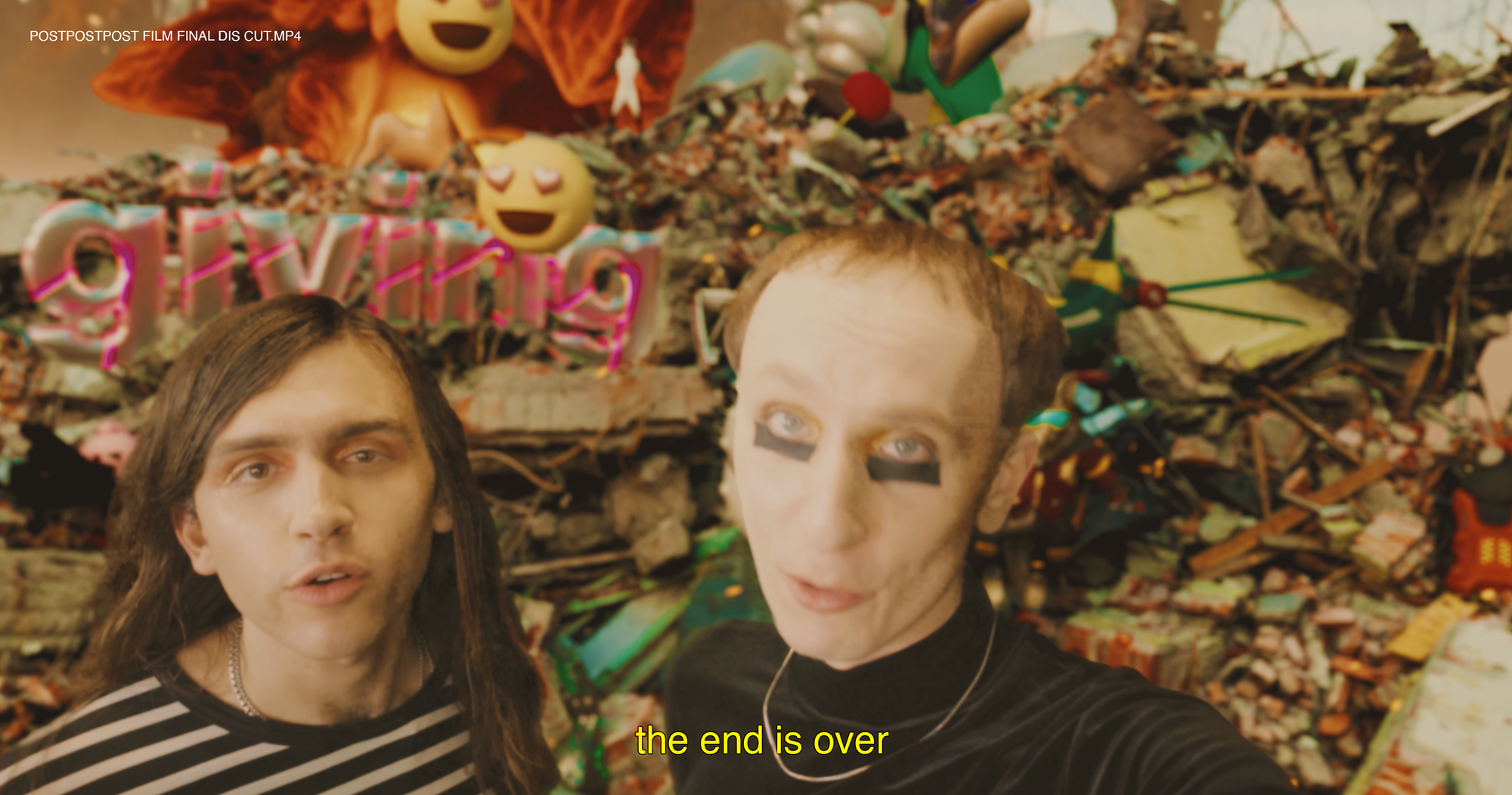
“In the beninging” changed me. This TikTok hopecore edit from late 2024 reawakened the obsessive pattern-noticer in me. A couple of weeks later, I came across a New York event headlined by Chris Smalls, titled Post-doomerism. Then Bjork declared, “It’s time to rise again”. Metalabel began manifesting a new era with their From Doom to Bloom newsletters. Liam Young titled his new Venice Biennale film After the End.
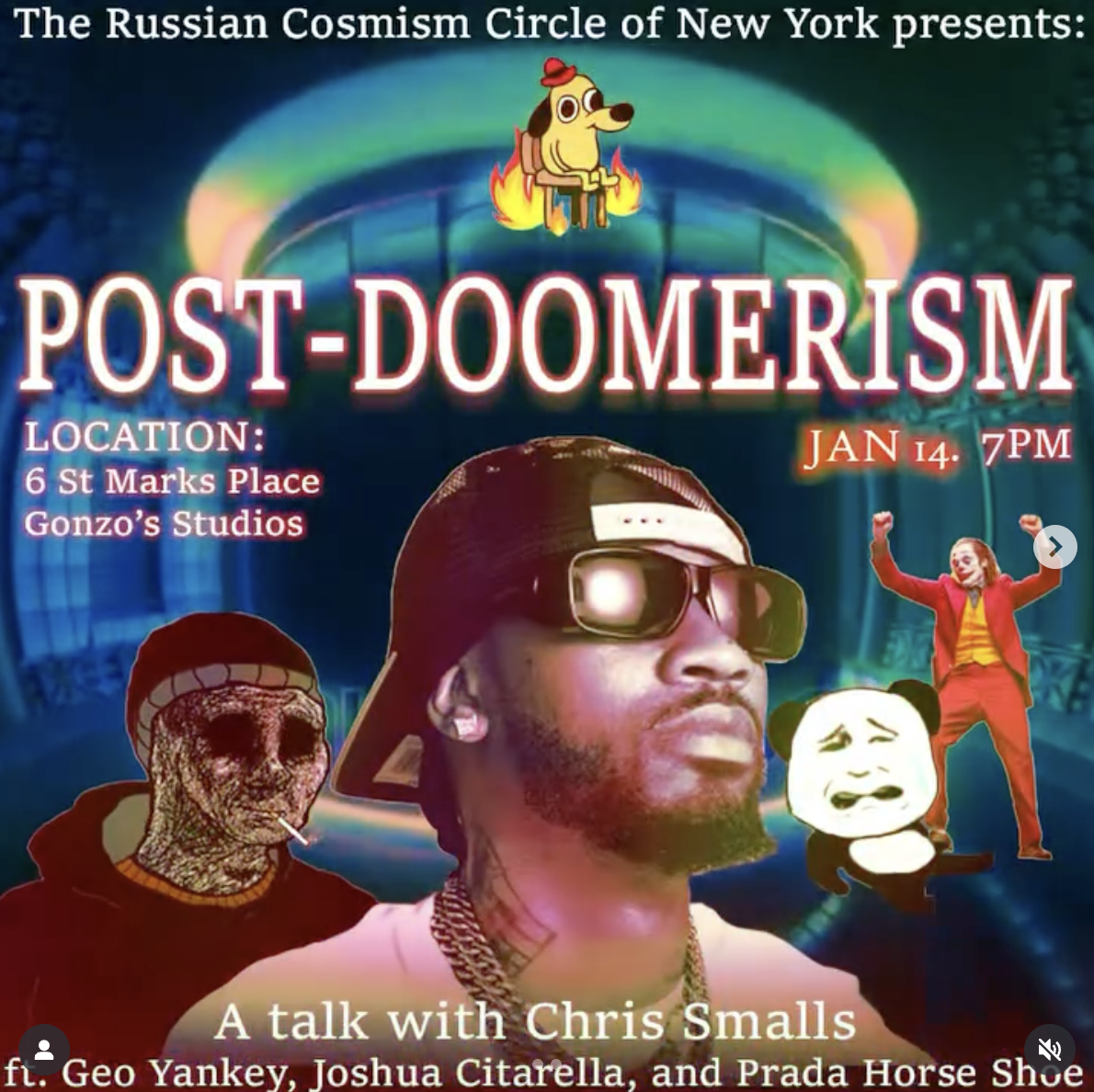
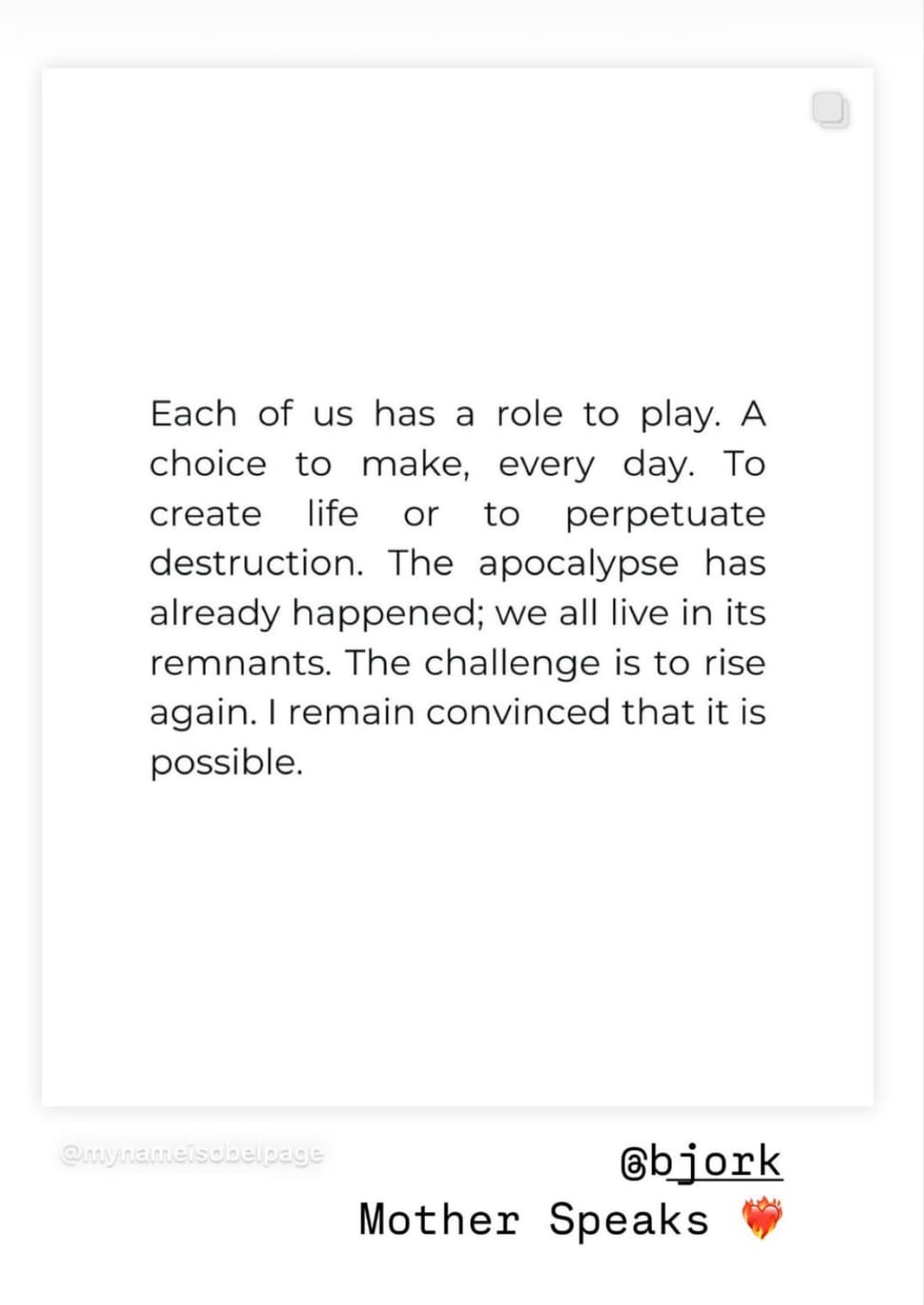
If we zoom out beyond my demonstrably insignificant algorithmic bubble, we can still point towards the energy of Chappell Roan, Doechii and Zohran Mamdani; or Luigi Mangione’s grassroots legal fund surpassing one million dollars. We didn’t just get a new pope – we got a new Balenciaga creative director.
Now, if anyone tries to frame this as some kind of hopeful return to radical optimism (side-eyeing Dua Lipa), they'd be deemed delusional. For anyone watching the news, these wishful nano-signals are drowned out daily by vogue fascism, snowballing climate collapse and unprecedented man-made horrors. Big Tech has turned heel – publicly endorsing Trump, doubling down on AI slop, mass surveillance, genocidal software. V-Dem recently declared that US democracy will be obsolete by summer.
As the 2024 US election exit polls and multiple surveys show, younger Gen Z are increasingly leaning conservative, while Gen Alpha is getting captured by alt-right pipeline algorithms. So the old hope – that things would improve once boomers aged out – has vanished. The bottom has fallen out.
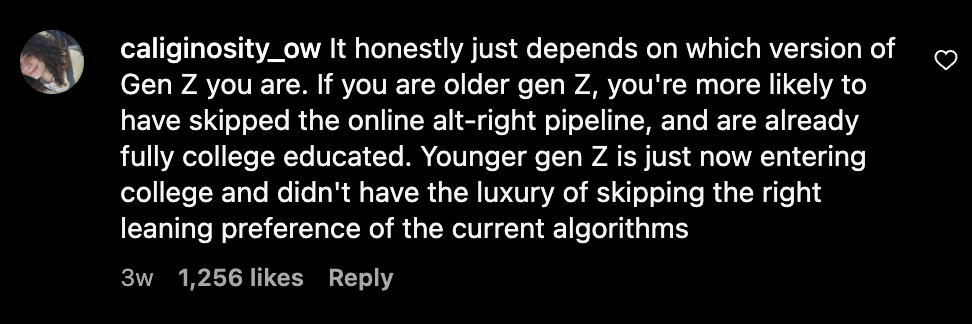
On the more apolitical side, brand and trend forecasting people are auguring a new era of shamelessness – calling it “the dark mode shift, “the boom boom aesthetic”, “the era of brand brutalism” and other marketable names I’ve unfortunately forgotten. All of them describe a culture that celebrates the murder of quiet luxury and corporate woke. NewWorld just dropped Everything’s on Fire, a report mapping trust across 33 industries, 23 institutions and 21 professions – and not a single institution breaks 40%.
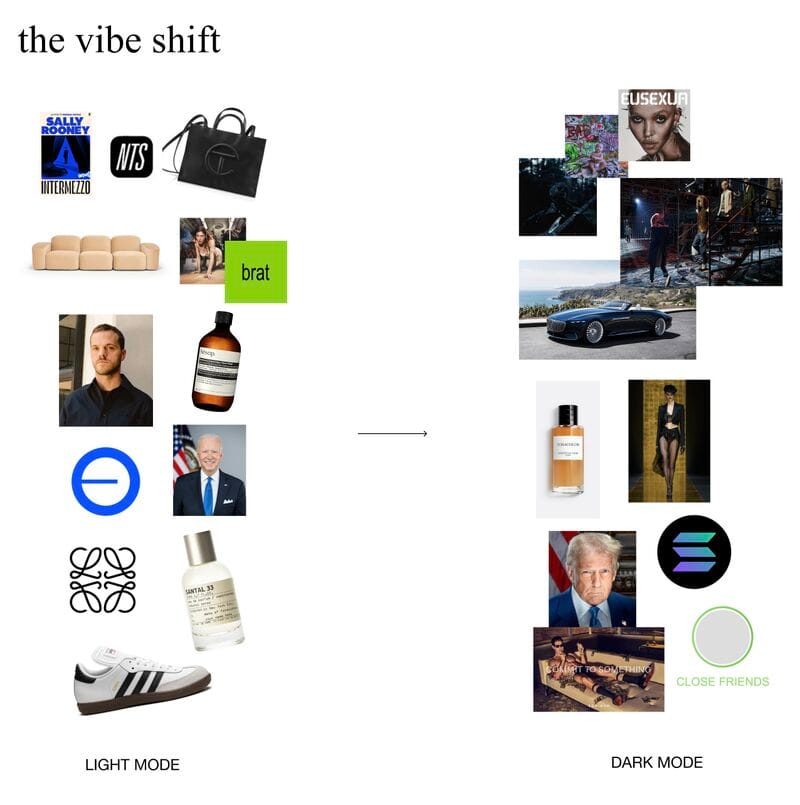
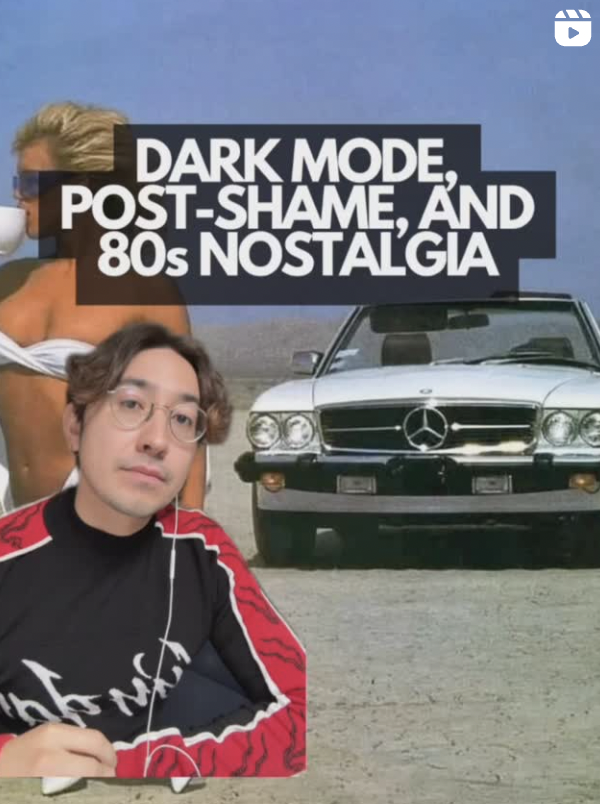
Edmond Lau; Eugene Healey
Yet despite there being more reasons than ever to doom today, many are sick of the black pill. Just as optimism became obsolete, pessimism got stale. Taking a “realist” stance is gaining traction – especially when it comes to chasing the bag. According to Peter Nimberg’s IRL, we’re entering the Internet-Realism era, after the eras of Internet-Optimism (1990s-2000s) and Internet-Pessimism (mid 2010s-early 2020s).
For me, at least, Internet-Realism is characterised by a kind of sobering up. There’s a growing embarrassment about how terminally online we’ve become – lying about our screen time, the blatant data and content farming, endless feeds of slop and the calls to “touch grass” have all contributed to a collective ick around internet indulgence. Realists know there’s no quitting cold turkey, but they’re entertaining consciously microdosing restraint.
They also recognise that times of tectonic shake-ups open the door to new possibilities – the age-old stance of “recognising the good and the bad”. Just this past SXSW, Bluesky CEO Jay Graber took a PR stand for a fairer internet and trolled Zuckerberg by wearing a T-shirt that read “Mundus sine Caesaribus” (“a world without Caesars”), mocking his “Caesar/Zuck or nothing” T-shirt.
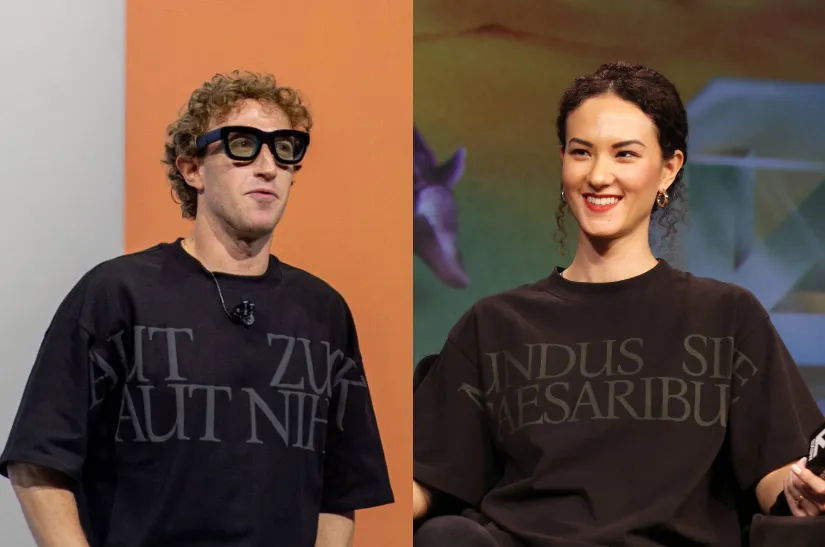
Beyond the internet, zoomed-out analyses like JREG’s Political Meta Update and Mike Pepi’s new political compass point to a shifting political landscape – regardless of your position on the pessimism-optimism spectrum.
Ultimately it seems the pessimists, the optimists and the realists all agree on one sentiment: nothing feels the same, again. There’s a new-beginning rhetoric emerging – not from hope, but from boredom with dooming. Doom just doesn’t hit the same anymore: there’s a craving, not a yearning, for a new narrative.
So if we accept yet another *cue eyeroll* vibe shift, do we really have to pin down its exact flavour? Substacker Sam Kriss wrote this about vibes after invoking Hegel:
“Vibe is singular, but it will always give the appearance of opposing itself, because it moves through the dialectic. How are vibes identified and detected? By the exercise of reason through the historical process that brings us to Absolute Knowing… Does Vibe transform the world, or is it an index of the world’s transformations?”

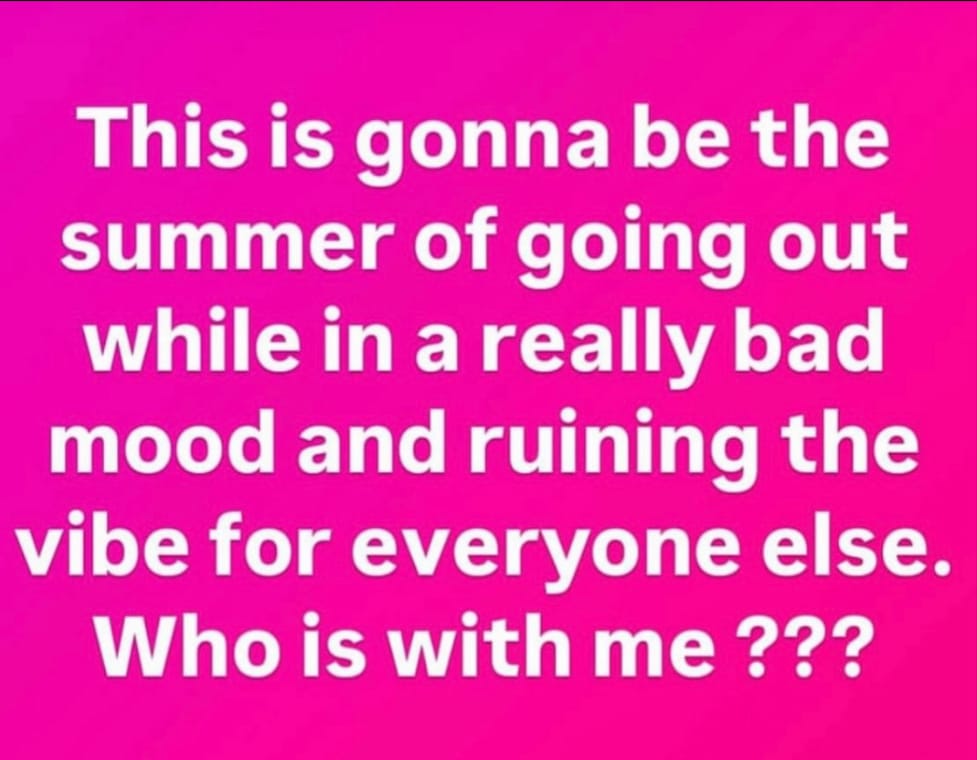
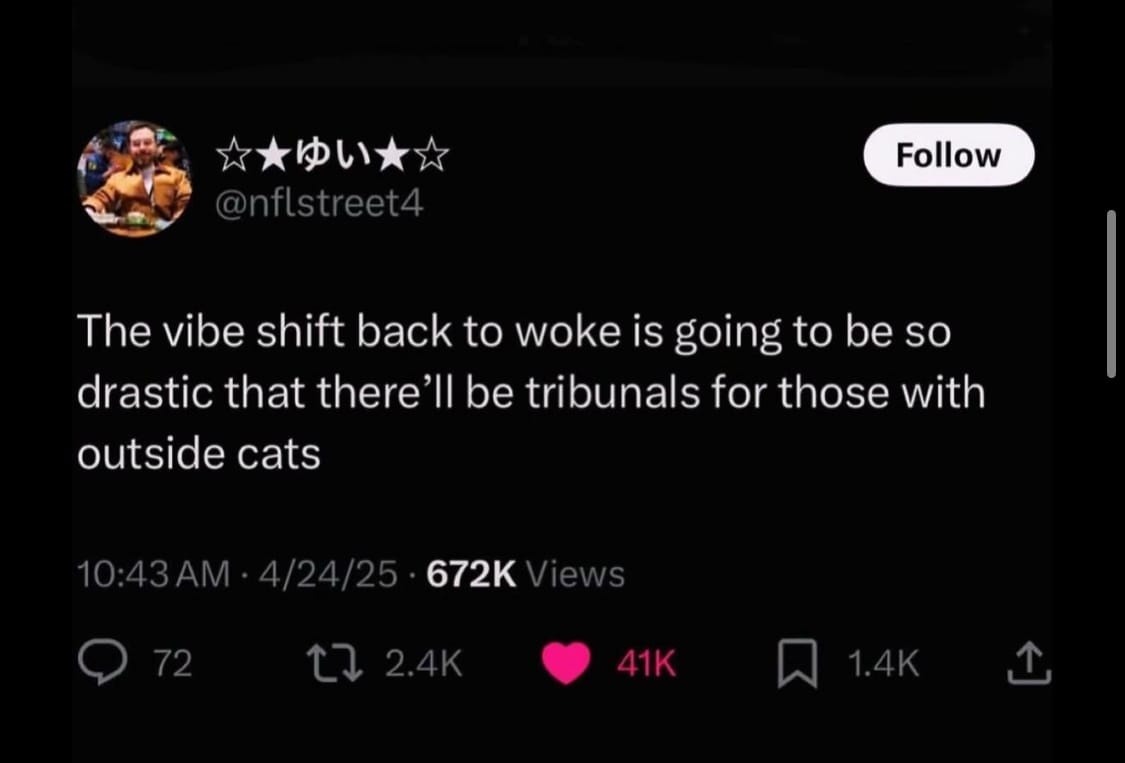
Contradictions are okay. Disagreeing on hot takes actually shows that we care. Who wants to be “right” about a vibe shift anyway? The point of these narrativisations is simply to check in on each other – to verify that we’re still experiencing the same reality now and then, and to continue cultivating our shared lores (and yes, sometimes to monetise cultural relevance for brands). Every vibe shift adds a layer to our collective self-awareness. Thanks to the heated discourse around them, even writing about a vibe shift now feels radically different than it did three or four years ago.
This shift also finds us in a post-cringe landscape. Gen Z – once the infamous CringeNet moderators – are now openly recognising millennials’ peak cringe as a kind of blissful obliviousness they actually have FOMO for. “Do not kill the part of you that is cringe, kill the part that cringes” was a major system update.
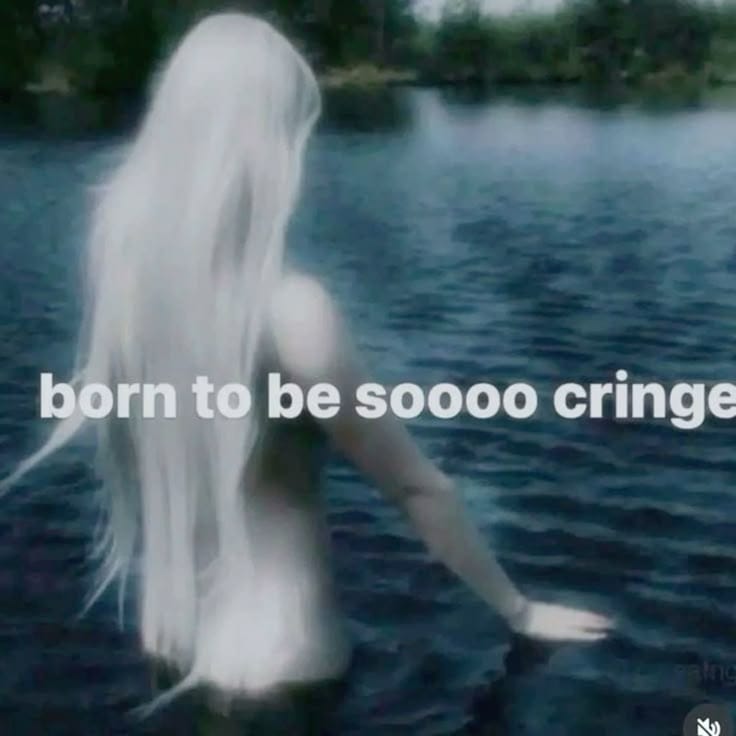

We’re starting to feel things again – albeit in quotation marks. Post-cringe is what happens when meta-irony becomes muscle memory. After a decade under the post-truth regime, we’ve mastered the art of split-reality, dual messaging. We’ve blended irony and sincerity into a sludge, where tone is always slippery and intent is basically obsolete. Commenting “fr” and “real” on an LA wildfires video is emotion encrypted in meme-logic – both expressing and deflecting meaning.
“Someone please do it” and “When it happens” viral videos on TikTok illustrate how this sentiment is intensifying – where, for millions, “it” seems to suggest the assassination of a major political figure.
In his essay The Age of the Assassination Meme Is Here, published in The Nation, Alex Peter writes:
“There’s something uniquely modern about the way assassination ‘discourse’ has become, for lack of a better word, ambient. Not quite satire. Not quite sedition. A feeling. A refusal to say what you mean, because meaning things can actually be dangerous. And yet people do mean things. Some of them, at least. The line between the person who’s joking and the person who’s serious has never been thinner. Never more porous.”
Discourse around political violence is a predictable symptom of an eroding social contract. What’s notable now is the scale of engagement despite algorithmic guardrails – suggesting a significant shift in public sentiment. The online reaction to the UnitedHealthcare CEO incident revealed that what was once considered fringe has become ambient. As governments continue to impunitymaxx their way toward authoritarianism, their ability – and willingness – to craft persuasive, defensible neoliberal narratives is fading. In the absence of those narratives, a popular storyline of people taking matters into their own hands is emerging to fill the void. From Tesla vandalism and assassination memes to the rise of Dark Woke vs Soy Right discourse, this era seems to be dialling up the action.
As Chris Hedges explains in his book America: The Farewell Tour (2018), the New Deal wasn’t an act of compassion — it was a strategic concession by the oligarchs to prevent a socialist revolution. Faced with the collapse of capitalism and rising pressure from organised unions, Roosevelt convinced the elite to give up a portion of their wealth to preserve the system. “The capitalists did not do this because the suffering of the masses moved them to pity. They did this because they were scared,” Hedges writes, referencing FDR’s own letters. Maybe that’s why many see Bernie – or another social democrat – as capitalism’s best chance at survival.
The post-doomerism vibe might be driven in part by doom fatigue and dopamine drought, but at its core there’s a weird resilience. The deluge of real collapse indicators has hollowed out optimism, but it’s also triggered a proximity panic. The apocalypse has exhausted its aesthetic shelf life; material consequences have entered the chat.
Luckily, post-cringe is the ideal environment for trying again – we’ve levelled up in self-awareness and language. Post-doomerism accepts that the future might not be liveable, but at least the feed will document the attempt(s).

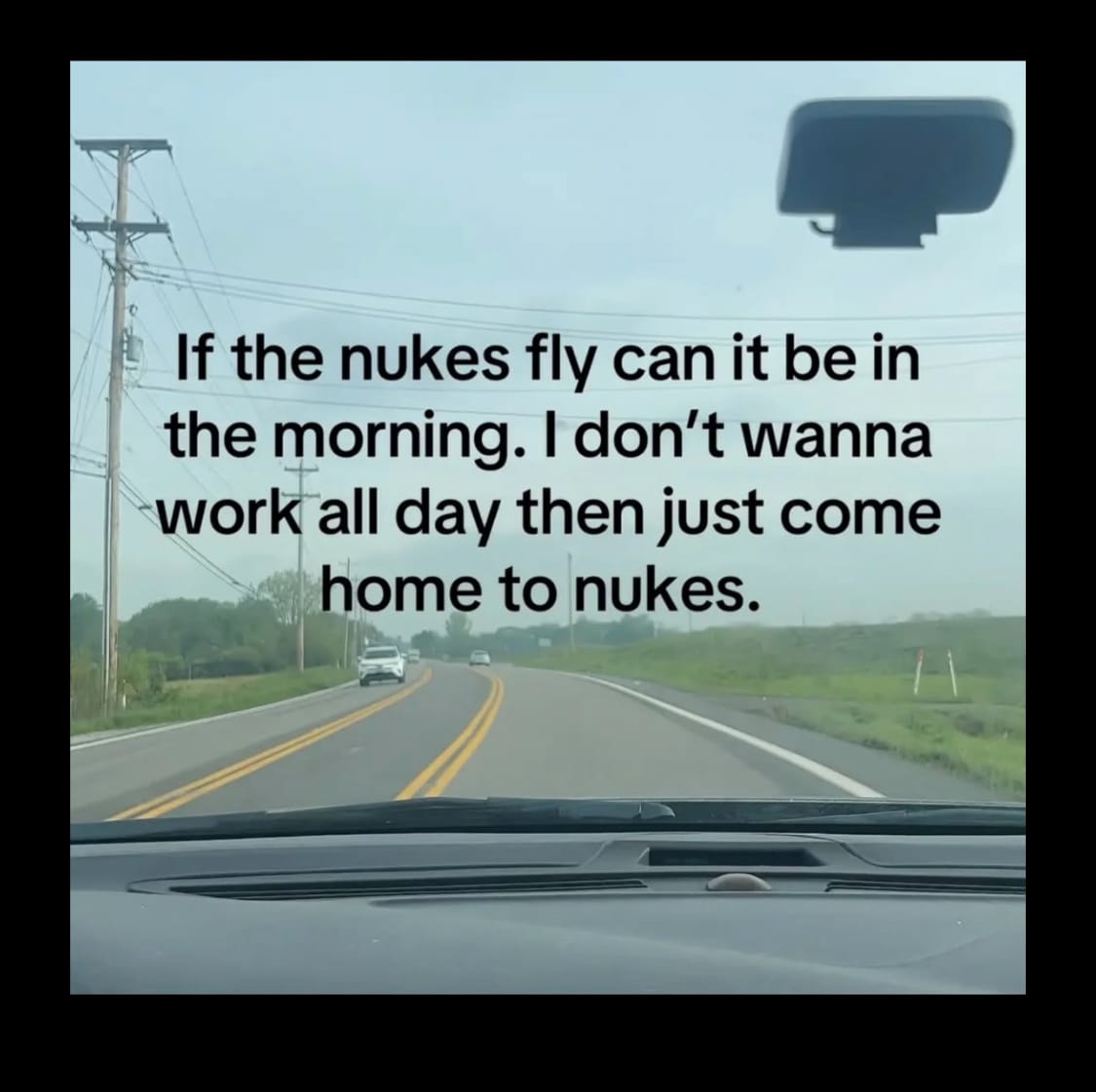


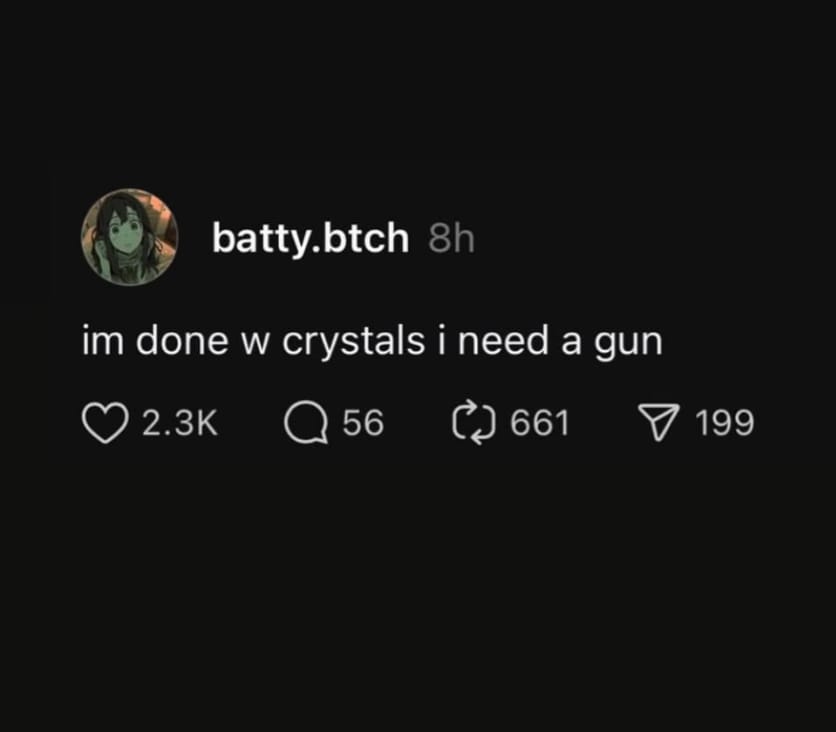
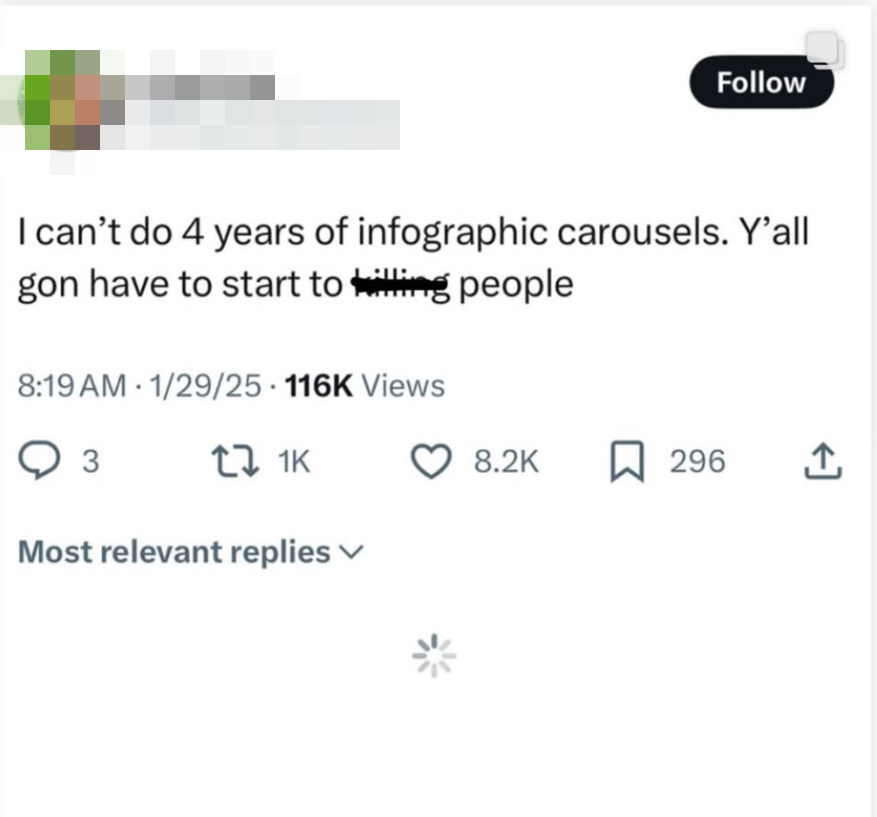
“In the beninging” perfectly sums up post-doomerism because we can’t articulate, enunciate or even spell this “beginning” – yet we’re still giving it a shot. Hopecore edits were initially prime spaces for meta-irony and meme prowess. Before they became saturated with sincerely hopeful and often cheesy inspirational quotes, they mostly featured bits that were actually pretty hopeless and absurd. The best ones left it deliberately unclear: is hope a punchline or a lifeline?
I guess I was too early when I claimed the end was over in 2022. For now, I’m bullish on post-doomerism – mostly as a LARP – while I lowkey maintain my Doom Mood Advantage.
| SEED | #8322 |
|---|---|
| DATE | 29.05.25 |
| PLANTED BY | AL HASSAN ELWAN AKA POSTPOSTPOST |


